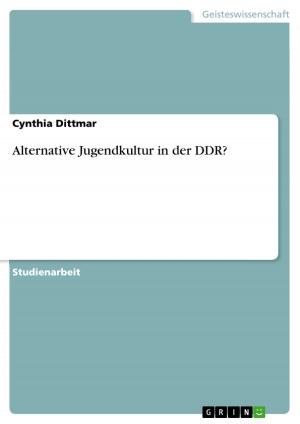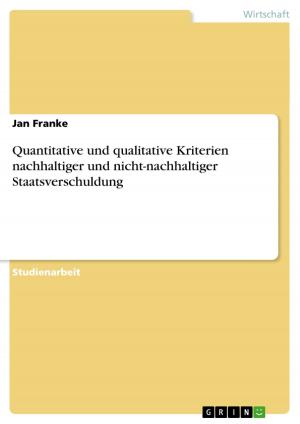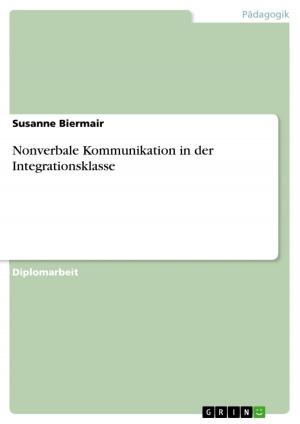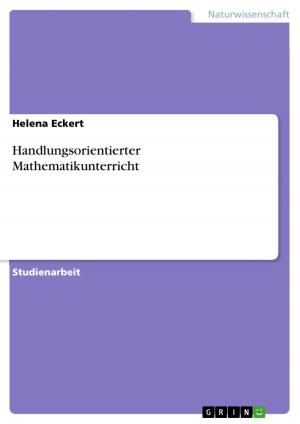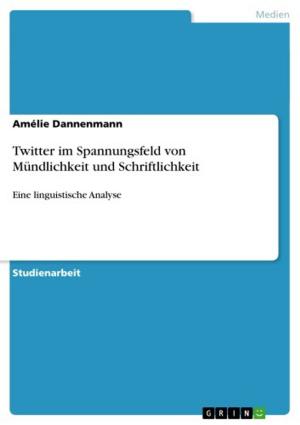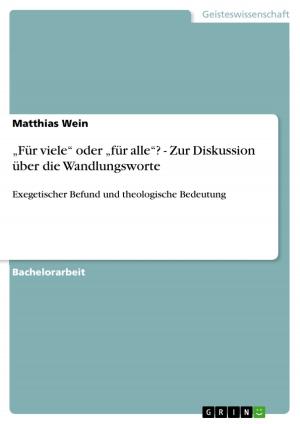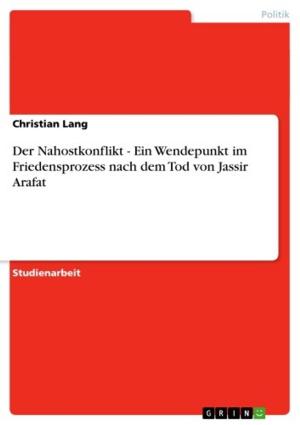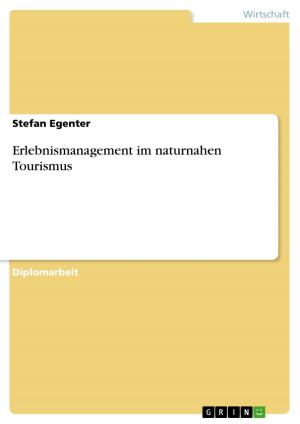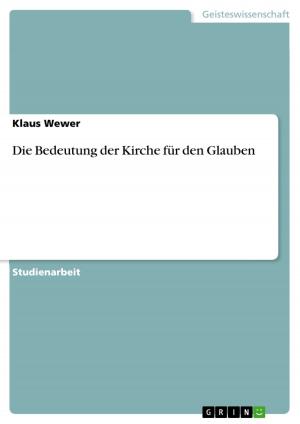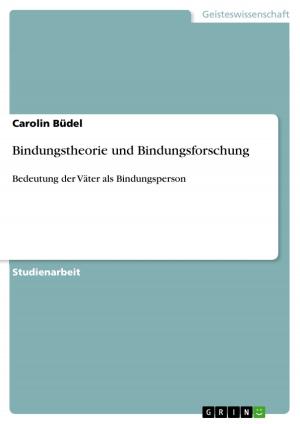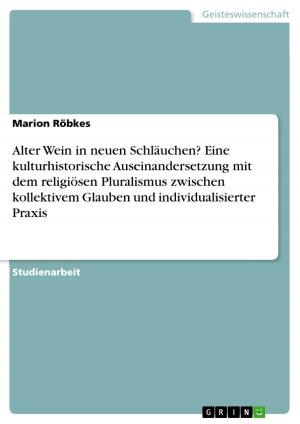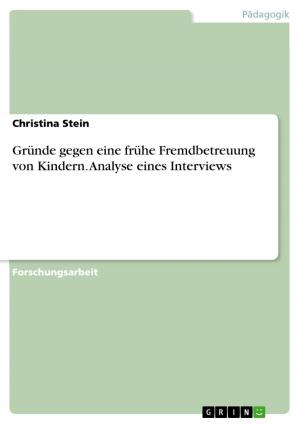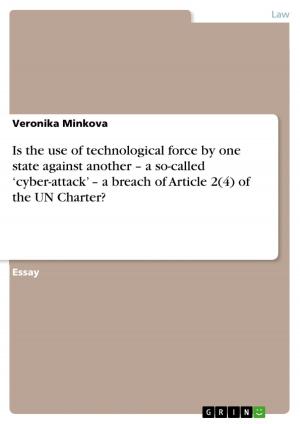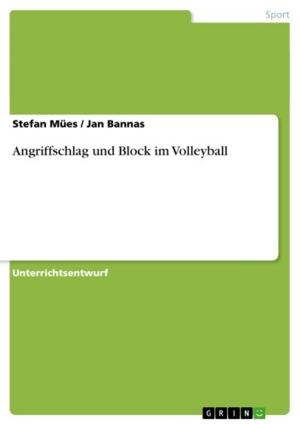Determining the Level of Heavy Metal in Orange (Citrus sinensis) within AngloGold Ashanti, Obuasi Mine
Nonfiction, Science & Nature, Nature, Environment, Environmental Conservation & Protection| Author: | Samuel Duah | ISBN: | 9783668564848 |
| Publisher: | GRIN Verlag | Publication: | November 7, 2017 |
| Imprint: | GRIN Verlag | Language: | English |
| Author: | Samuel Duah |
| ISBN: | 9783668564848 |
| Publisher: | GRIN Verlag |
| Publication: | November 7, 2017 |
| Imprint: | GRIN Verlag |
| Language: | English |
Bachelor Thesis from the year 2012 in the subject Environmental Sciences, grade: 72.00, Kwame Nkrumah University of Science and Technology (Agriculture and natural resources), course: Forest resources technology (land reclamation and rehabilitation), language: English, abstract: The levels of four different heavy metals Arsenic (As), Zinc (Zn), Lead (Pb) and Copper (Cu) were determined in orange samples (Citrus sinensis) cultivated near the Sansu tailings dam of AngloGold Ashanti Obuasi mine. The concentrations of the four metals in the orange samples were analysed from twenty (20) orange samples. Ten samples were collected randomly from the tailings site and extra ten (10) samples were purchased as control from Akrokeri (outside the Obuasi Municipality). Atomic absorption spectrometer was used to determine the concentrations of these metals in the fruits. The average concentrations of the heavy metals (As, Zn, Cu, and Pb) in the orange samples from the tailings site were 4.81mg/kg, 1.52 mg/kg, 1.04 mg/kg, and 0.74 mg/kg respectively. The average concentrations of the heavy metals (As, Zn, Cu, and Pb) in the orange samples from the control were 0.43 mg/kg, 0.25 mg/kg, 0.32 mg/kg, and 0.15 mg/kg respectively. The WHO gives the maximum permissible level of As, Zn, Pb, and Cu as 0.5mg/kg, 0.4mg/kg, 0.4mg/kg, and 0.3mg/kg respectively. Based on these levels it was concluded that the orange grown at the tailings site is a health hazard for human consumption.
Bachelor Thesis from the year 2012 in the subject Environmental Sciences, grade: 72.00, Kwame Nkrumah University of Science and Technology (Agriculture and natural resources), course: Forest resources technology (land reclamation and rehabilitation), language: English, abstract: The levels of four different heavy metals Arsenic (As), Zinc (Zn), Lead (Pb) and Copper (Cu) were determined in orange samples (Citrus sinensis) cultivated near the Sansu tailings dam of AngloGold Ashanti Obuasi mine. The concentrations of the four metals in the orange samples were analysed from twenty (20) orange samples. Ten samples were collected randomly from the tailings site and extra ten (10) samples were purchased as control from Akrokeri (outside the Obuasi Municipality). Atomic absorption spectrometer was used to determine the concentrations of these metals in the fruits. The average concentrations of the heavy metals (As, Zn, Cu, and Pb) in the orange samples from the tailings site were 4.81mg/kg, 1.52 mg/kg, 1.04 mg/kg, and 0.74 mg/kg respectively. The average concentrations of the heavy metals (As, Zn, Cu, and Pb) in the orange samples from the control were 0.43 mg/kg, 0.25 mg/kg, 0.32 mg/kg, and 0.15 mg/kg respectively. The WHO gives the maximum permissible level of As, Zn, Pb, and Cu as 0.5mg/kg, 0.4mg/kg, 0.4mg/kg, and 0.3mg/kg respectively. Based on these levels it was concluded that the orange grown at the tailings site is a health hazard for human consumption.

